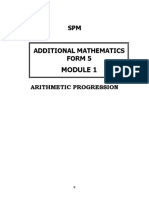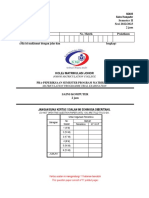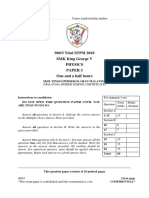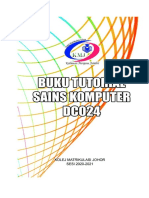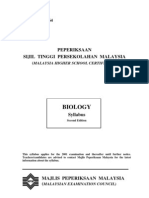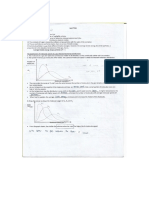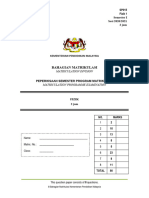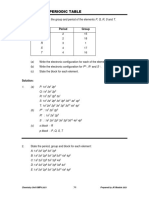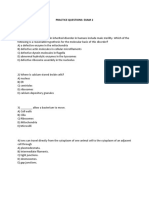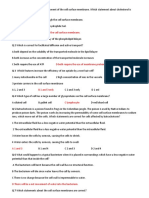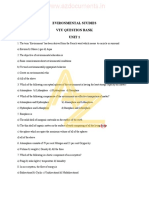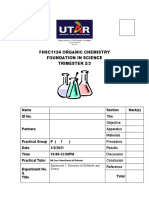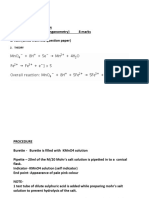0% found this document useful (0 votes)
245 views8 pagesSTPM Chapter 3 Exercises
The document discusses transport and movement of substances across the plasma membrane. It includes 20 multiple choice questions about concepts such as the fluid mosaic model of the plasma membrane, active and passive transport mechanisms, water potential, and the roles of various components in the membrane structure and transport processes. The questions assess understanding of key topics relating to membrane structure and function.
Uploaded by
Vashniie TabithaCopyright
© © All Rights Reserved
We take content rights seriously. If you suspect this is your content, claim it here.
Available Formats
Download as DOC, PDF, TXT or read online on Scribd
0% found this document useful (0 votes)
245 views8 pagesSTPM Chapter 3 Exercises
The document discusses transport and movement of substances across the plasma membrane. It includes 20 multiple choice questions about concepts such as the fluid mosaic model of the plasma membrane, active and passive transport mechanisms, water potential, and the roles of various components in the membrane structure and transport processes. The questions assess understanding of key topics relating to membrane structure and function.
Uploaded by
Vashniie TabithaCopyright
© © All Rights Reserved
We take content rights seriously. If you suspect this is your content, claim it here.
Available Formats
Download as DOC, PDF, TXT or read online on Scribd
/ 8


